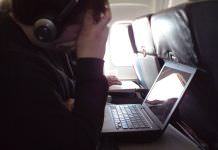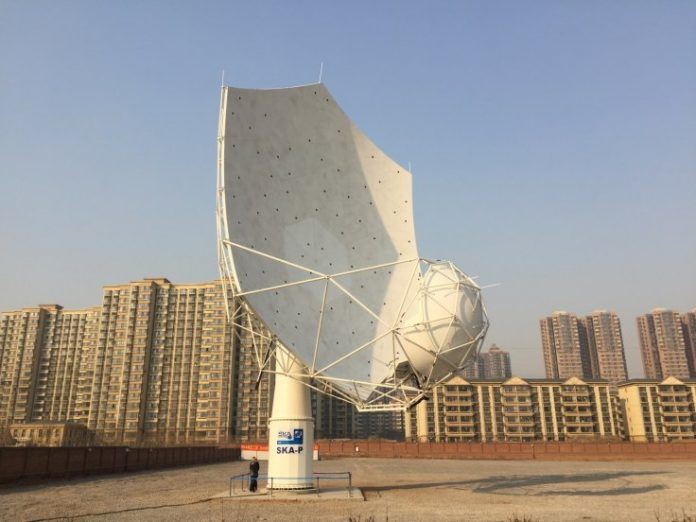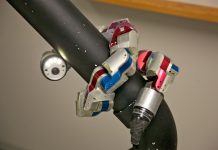Science has never been so exciting until now. All the questions of our universe now answered in the Square Kilometre Array. Now considered to be the world´s largest instrument in astronomy, leaders from around the world will partake in this ongoing project including Australia, China, Britain as well as other countries in Europe. There will be two installations of the telescopes, which come out to be 3,000 in total. One installation will be in the dunes of South Africa and the other in Australia.
Averaging out 21 meters in stature, a Brinkwire report notes that prototypes of the dish have already been established in China (Shijiazhuang) for the 6th of February and in April another will be put in place in the South African desert site. It has been dubbed the Square Kilometre Array or (SKA).
In response to questions being asked about the construction of the array, Phil Diamond (director general of this organization) says “it´s with great pleasure that the process has implemented metal considering its 5-year implementation”. Therefore, it’s been said that by 2026 construction could already be in operation.
With a diameter of 15 meters and having a frequency range between 350 MHZ and 15.3 GHz, The China Electronics Technology Group Corporation, shortly referred to CETC54, ingeniously assembled this telescope to perform some grand schemes such as a sub-reflector and main reflector. This same company was also responsible for the design of the backup and pedestal structure. Wang Feng with The Joint Laboratory for Radio Astronomy Technology or (JLRAT), said: “CETC54 has developed a sophisticated structure to the dish allowing maintenance of the surface and accuracy levels and a consistency on the panels”.
As for the hardware parts and electronics such as drive units being used for moving the dish, MTM (German MT Mechatronics) will be in charge of the design and manufacture. “People are counting on us to come up with some very precise accuracies and to bring forth more than 130 systems managing and functioning equally.” Says the Managing Director of SKA Dish Structure Lead Engineer and MTM, Lutz Stenvers.
Many components have to be considered for the prototype such as the Italian-made indexer for feeding which functions to position receivers weighing up to 165kg each. Afterwards, comes the phase of testing.
Wang Feng has also added, “We´ll be testing the dish to see if it performs as expected and responds to its demands which will give us a better idea on what needs to be adjusted so we can then test the dish on site.”
According to its website, the SKA will be able to answer some of the long-held questions of science including:
- Were Einstein’s theories correct?
- Are there other living species in this universe besides us?
- What causes the magnetic fields in our space system?
- How do the galaxies evolve? What is dark energy?
- How did the first stars and black holes form?
“it´s just one big science project for the world that no one has never seen anything like it,” says Australia´s Commonwealth Scientific and Industrial Research Organisation´s director of space science and astronomy, Douglas Bock.



















